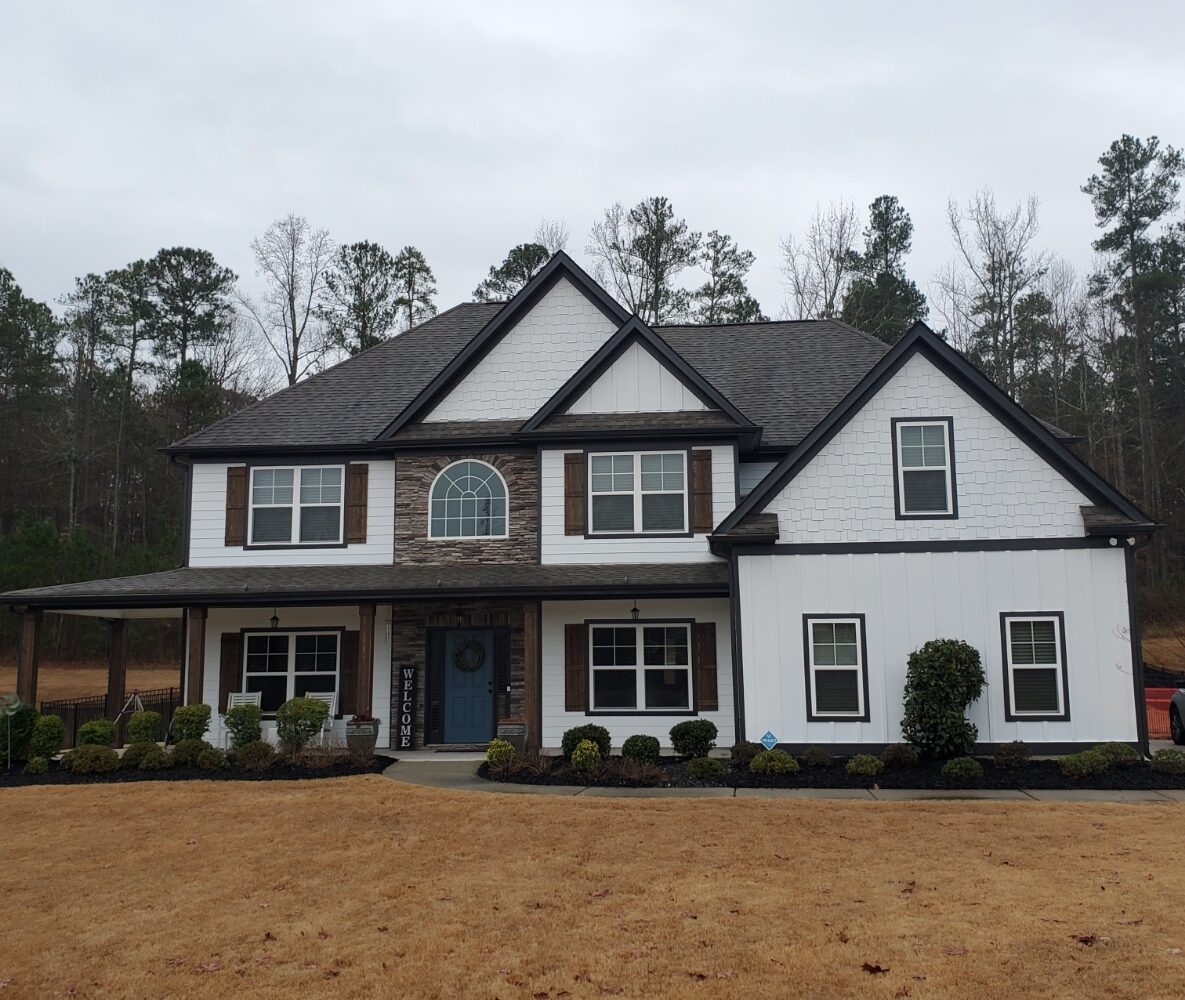One of the most common painting problems is fading. And many homeowners experience it due to numerous factors. Overall, it is a typical outcome in dark-colored walls, as such shade is prone to absorb more heat than the lighter walls. But if you fail to prepare the surface before painting it, you can also expect a lot of fading. Also, if you don’t allow the paint to dry before the second application, you will create the perfect environment for fading to occur. Below are a couple of additional factors that can lead to fading paint.
Weather Conditions and UV Light
We all love sunny days, but did you know this is a contributing factor to your fading paint? Well, both interior and exterior paint can suffer from exposure to UV rays. The high levels of ultraviolet rays directly impact paint pigments, exposing your walls to many painting problems, like fading. Sunlight is one of the biggest causes of fading paint, especially soon after your walls are just painted. For this reason, it’s important to keep in mind how much sunlight enters the room you are painting. Consider buying thick curtains that will block sunlight out if necessary.
Exterior and interior walls exposed to the sun tend to fade faster than the expected duration. The high levels of ultraviolet (UV) rays emitted by the sun greatly affect the paint pigments, making it vulnerable to several painting problems.
Always choose the right paint to prevent paint fading. As a homeowner, you should choose a light color with a reflective layer. That way, your walls will reflect the light and UV rays.
Also, it’s better for your paint’s color pigment to be chemical since organic color pigments don’t resist UV light well. Finally, you should plan to take care of the paint by using certain products each year to prevent fading and weathering. You can click here for further information about how to take care of your paint.
Choosing the Wrong Type of Paint
Some paints are only suitable for specific materials. Exterior and interior paints are suited for different parts of the house according to their qualities. Your painting contractor should advise you on which paint is better for your exterior and interior surfaces.
One reason paint can start to fade too early is that the wrong type of paint was used to cover your walls. Bear in mind that certain factors can determine the specific paint type you should use for your home walls.
Selecting the right materials will help you to prevent fading. The best fade-resistant paints contain high-quality pigments and a sufficient binder, which binds the pigment particles to the other ingredients to form a durable paint film. In addition, the binder ensures good adhesion between the paint film and the wall surface.
There are multiple types of paint which deliver a different sheen and even protection. These types of paint sheen are glossy, semi-glossed, matte, oil-based, and water-based, among others. Make sure the painting contractor you hire knows for sure which type of paint can withstand the sunlight better.
Inaccurate Film Thickness
Painting houses is an art, and you need to apply the proper techniques to reach a great work of art. That’s why the appropriate application of the paint is a must when it comes to DIY painting or any painting jobs, for that matter. Over-thinning helps UV rays penetrate the coating easier, causing it to fade sooner.
Product application at lower than the recommended film thickness can accelerate the aging process of the coating system, allowing more UV rays to penetrate through the film, causing it to degrade more quickly and change color. In other words, if you don’t use the right thickness, then a painting job will fade away soon.
An extra coat or increasing the thickness of a coat of paint can undoubtedly make a big difference in the outcome of your paint job. Don’t forget that applying more and thicker coats means more protection to your wall surface. This, in the end, translates to more durability.
Not Preparing the Surface Properly
You can’t simply grab a brush or roller, dip it in the paint, and begin stroking away on the walls. The first thing you need to do is to clean the wall surfaces.
When a painting contractor is about to perform a house painting job, they should prepare your surfaces by eliminating all dirt, grime, mold, dust, and flaky paint.
If the wall surfaces are in those conditions, it’ll debilitate the paint’s ability to stick or adhere to them. Whether you decide to do it on your own or you hire a professional, it’s essential to follow the proper procedure by cleaning and preparing the surfaces that will be painted.
The second step is to apply a coat primer. You have to prepare the surface before with a primer fully. This helps ensure that the paint sticks. Priming ensures better paint adhesion to the surface and provides additional protection for the painted material.
Be sure to prepare the surface of the walls before applying paint. Use two coats of paint and allow the first to dry completely before applying the second coat to maintain vibrancy.
There are many paint finish types for different areas of the house. Be sure to choose the right finish for your painting area to minimize fading. For example, do not use a matte finish in your bathroom, as the humidity can cause the paint to fade faster.
If you decide to skip these steps, there is a greater chance that the paint will begin to fade a little too early.

